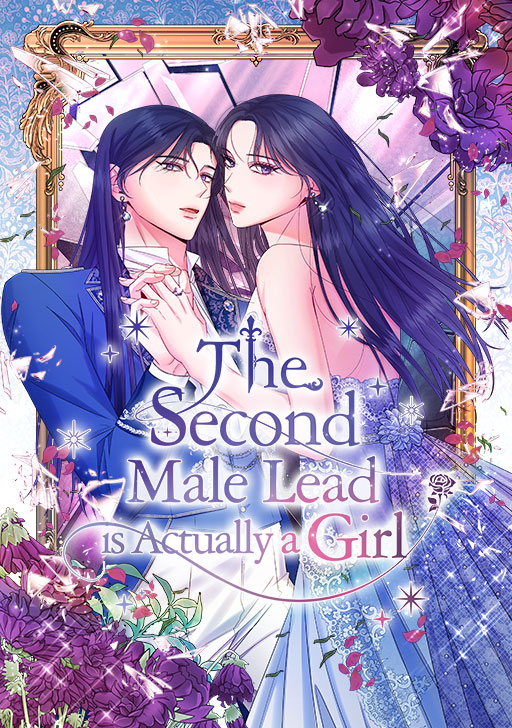Welcome to a captivating exploration of a phenomenon that has piqued the curiosity of many – “The Second Male Lead Is Actually A Girl.” In this article, we’ll dive profound into this novel contort in narrating, uncovering its importance and effect on the universe of amusement. Go along with us as we reveal the insider facts, answer your consuming inquiries, and deal significant experiences into this captivating idea.
The Second Male Lead: A Pivotal Character
The Second Male Lead in a story plays a crucial role. They are often the character who adds depth to the plot, offering an alternative perspective and, sometimes, a romantic interest. Let’s discuss how the introduction of a female character in this role can completely alter the dynamics of a narrative.
There’s no denying that adding a twist like this can lead to a more complex and emotionally engaging storyline. The chemistry between the characters takes on a different dimension, challenging traditional gender roles and expectations.
The Second Male Lead Is Actually A Girl: Subverting Stereotypes
One of the most fascinating aspects of “The Second Male Lead Is Actually A Girl” is its ability to subvert stereotypes. It breaks away from the conventional norms and provides an opportunity to explore themes of identity, love, and relationships. Let’s take a closer look at how this subversion enriches storytelling.
Exploring New Dynamics
The presence of a female character as the second male lead often prompts unique character interactions. This setup allows for the exploration of diverse relationships, paving the way for exciting and unexpected plot developments. Such creative choices bring novelty and freshness to storytelling.
The Second Male Lead Is Actually A Girl: Impact on Audiences
The introduction of a female character in the second male lead role has a profound impact on audiences. It challenges preconceived notions and opens up discussions on gender representation in media. Audiences are drawn to such stories due to their thought-provoking nature.
FAQs (Oftentimes Sought clarification on some pressing issues)
Could you at any point give an illustration of a story where “The Subsequent Male Lead Is Really A Young lady”?
Certainly! An excellent example of this concept can be seen in the K-drama “You’re Beautiful,” where the character Go Mi-nam disguises herself as her twin brother to join a boy band.
How does this twist affect character development?
This twist often leads to in-depth character development. The character’s journey of maintaining their secret and navigating complex relationships adds layers to their personality.
Are there similar concepts in literature?
Yes, literature also explores similar concepts, such as Shakespeare’s “Twelfth Night,” where Viola disguises herself as a man.
What are the societal implications of such storytelling?
It challenges societal norms and promotes inclusivity, highlighting that anyone can be a hero or a lead character regardless of gender.
How does this concept influence the romance in a story?
It adds complexity to romantic relationships, as characters grapple with their feelings and navigate the challenges of concealing their true identities.
Is this twist limited to a specific genre or culture?
No, it can be found in various genres and cultures, showcasing its universal appeal.
Conclusion
“The Subsequent Male Lead Is Really A Young Lady” is a narrating gadget that keeps on dazzling crowds all over the planet. Its capacity to undermine generalizations, investigate novel elements, and challenge cultural standards makes it an important expansion to the universe of diversion. As we commend this imaginative account approach, we anticipate the narratives it will rouse from now on.

